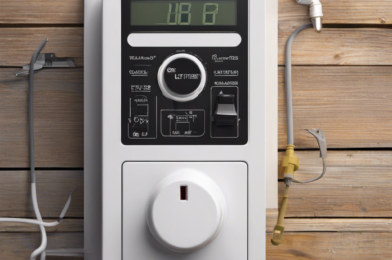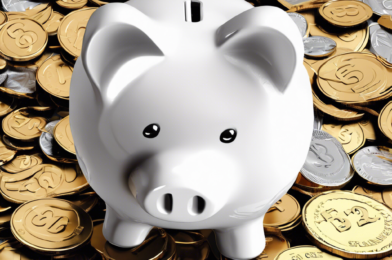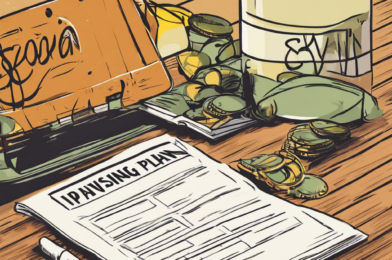Are you ready to take control of your finances and watch your savings grow? Look no further! We’ve compiled a list of exciting and creative money-saving challenges that will make saving money an enjoyable adventure. Say goodbye to financial stress and hello to a healthier bank account!
The Envelope Challenge: This classic method is an effective way to manage your monthly expenses. Allocate envelopes for different spending categories like groceries, entertainment, and transportation. At the beginning of each month, place the designated amount of cash for each category into its envelope. Once an envelope is empty, you’ve reached your spending limit for that category. This challenge encourages mindful spending and helps curb impulse purchases.
Biweekly Savings Challenge: This straightforward challenge involves setting aside a fixed amount of money every time you receive your paycheck. For example, if you get paid biweekly, allocate a specific savings amount from each paycheck. Consistency is key here. Over time, you’ll be surprised at how quickly your savings accumulate.
The 52-Week Money Challenge: If you’re new to the world of saving, this challenge is an excellent place to start. The concept is simple – in the first week, save $1, the second week $2, and so on, increasing the savings amount by $1 each week. By the end of the year, you’ll have saved a significant amount. This challenge is perfect for building a solid savings habit.
The No-Spend Challenge: For a set period, typically a week or a month, challenge yourself to only spend money on essentials like rent, utilities, and groceries. Cut out non-essential expenses like eating out, entertainment, and impulse purchases. This challenge encourages you to be creative with your free time and can significantly reduce unnecessary spending.
The Penny Challenge: This fun challenge involves saving every penny you come across for a year. Save your loose change in a jar and watch it grow. While it may seem insignificant, those pennies can quickly add up. This challenge is a great way to cultivate a savings mindset and make the most of your spare change.
These money-saving challenges offer something for everyone, whether you’re a beginner or a seasoned saver. By incorporating these challenges into your financial routine, you’ll be on your way to achieving your savings goals in no time. Remember, the key to successful saving is consistency and discipline. So, choose a challenge that excites you and watch your savings soar!
What are you waiting for? It’s time to embark on your savings journey and create a brighter financial future. Happy saving!









